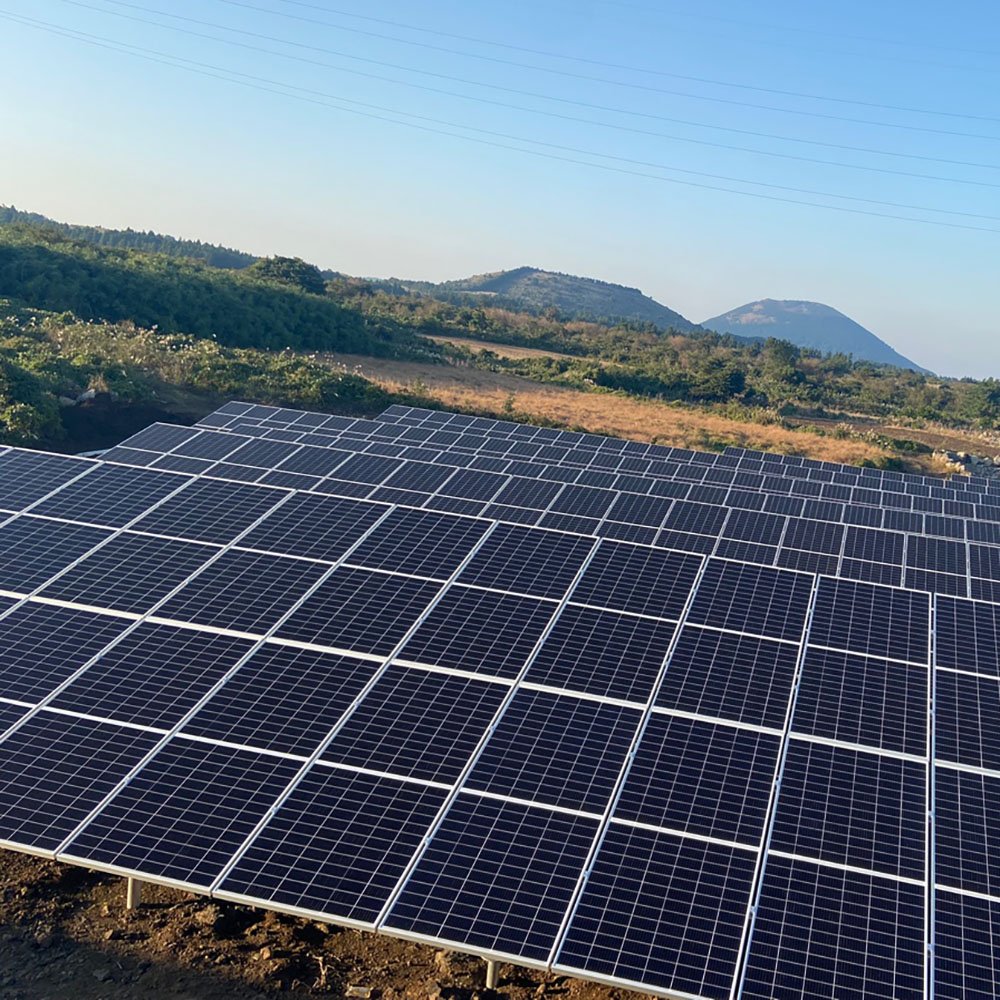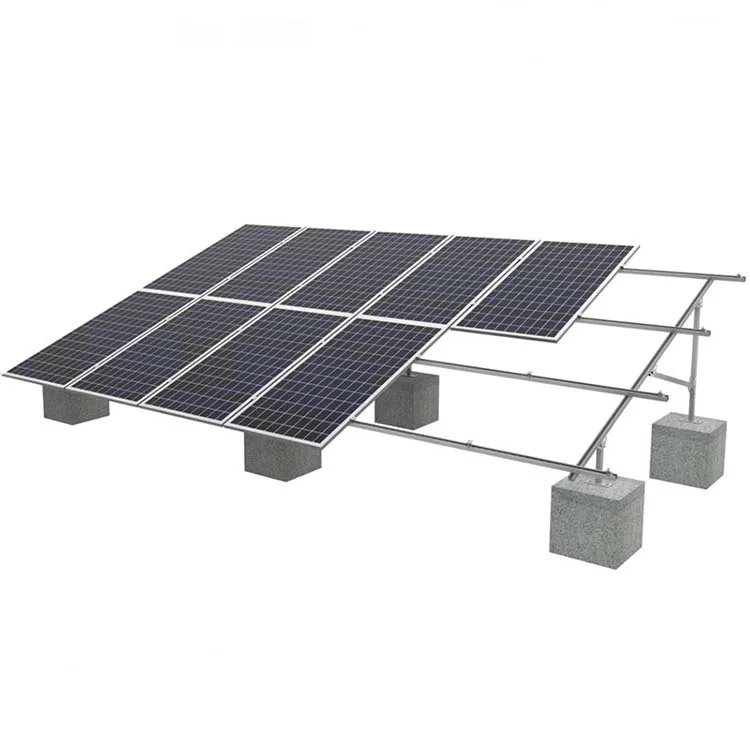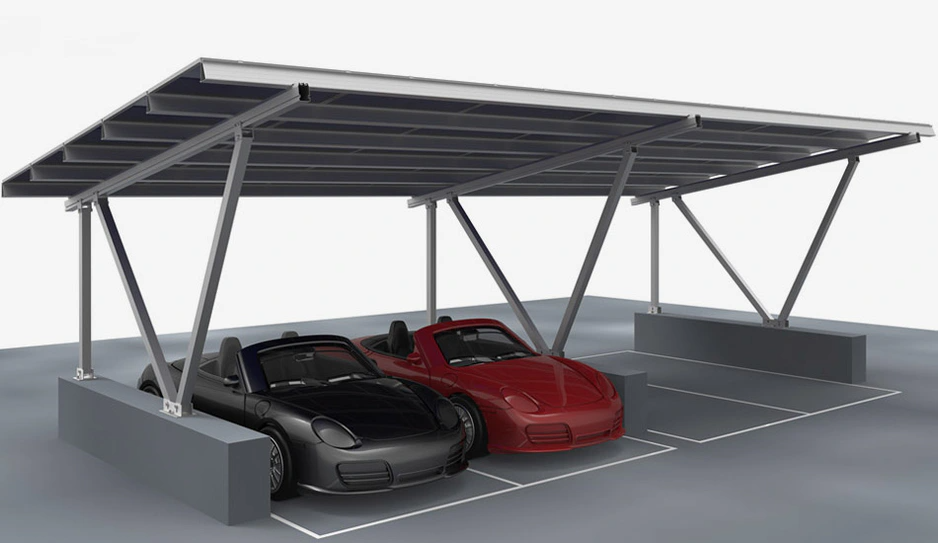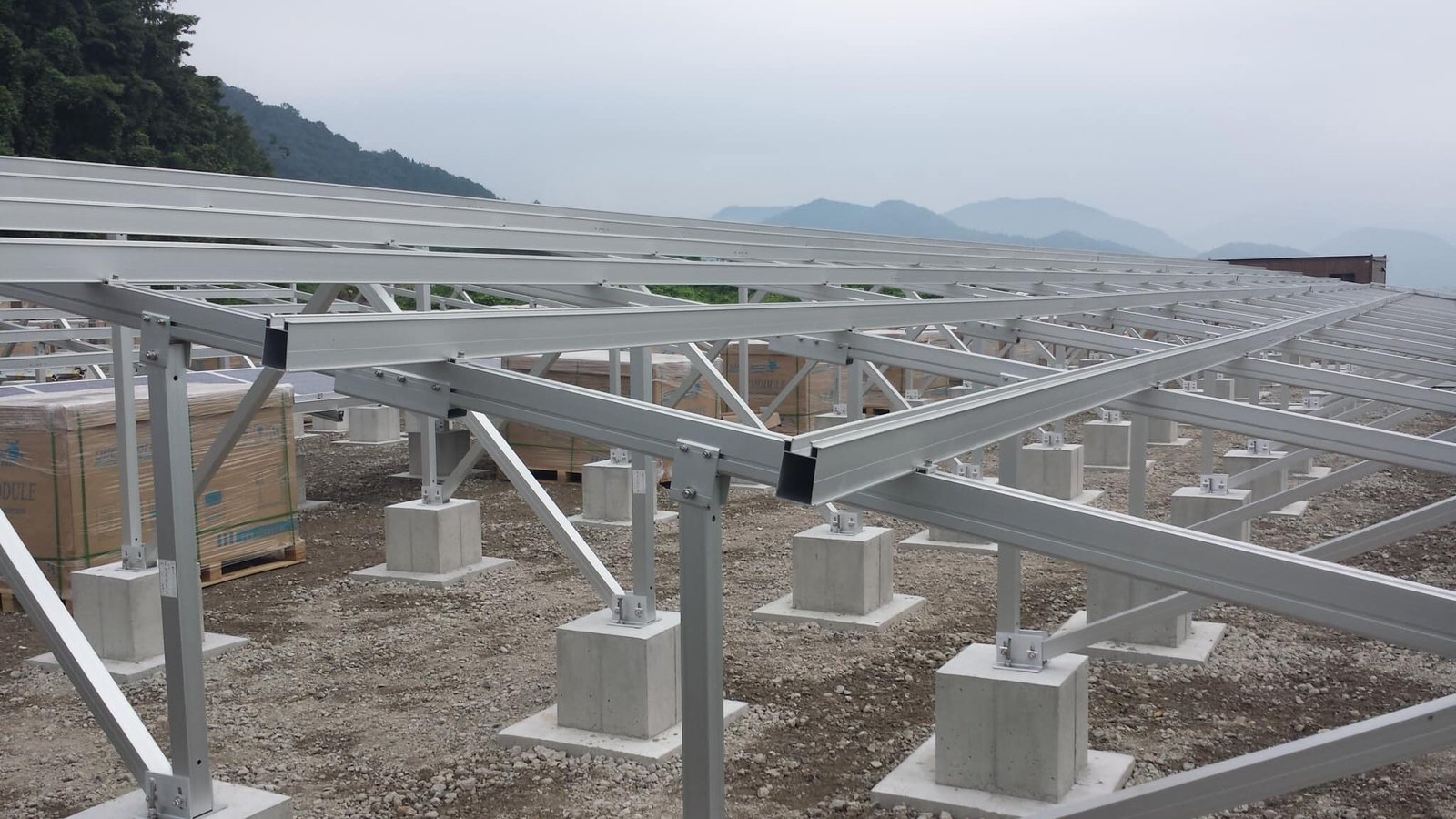-
中国福建省アモイ市海滄区興港一路322号2103室
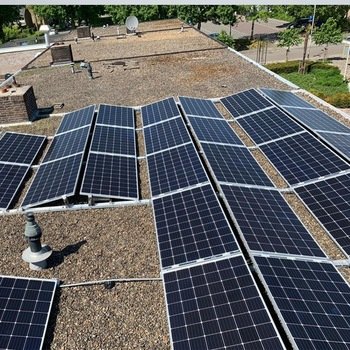
Quick Estimation Method for PV Roof mounting System Installation Capacity (Updated Version)
Table of Contents
Core Estimation Steps
1. Determine the Usable Rooftop Area
- Use on-site measurements or satellite imagery tools to obtain roof dimensions; subtract any obstructed areas (e.g., chimneys, vents, parapets).
- Example: For a 100 m² roof, after deducting obstructions, 85 m² remains usable.
2. Calculate the Number of PV Modules
- PV Module Dimensions: 2278 mm (L) × 1134 mm (W) × 30 mm (H)
- Actual Occupied Area (including spacing):
- Reserve 50 mm for installation spacing (along both length and width). Each module occupies about 2.35 m² (2.278 m × 1.034 m).
- Formula: Number of Modules=Usable Rooftop AreaOccupied Area per Module\text{Number of Modules} = \frac{\text{Usable Rooftop Area}}{\text{Occupied Area per Module}} Example: 85 m² ÷ 2.35 m² ≈ 36 modules.
3. Evaluate the Installed Capacity
- Single Module Power: 550 Wp (e.g., Longi Hi-MO 6 with ~22.5% efficiency).
- Total Installed Capacity: Total Capacity=Number of Modules×Power per Module\text{Total Capacity} = \text{Number of Modules} \times \text{Power per Module} Example: 36 modules × 550 Wp = 19.8 kWp.
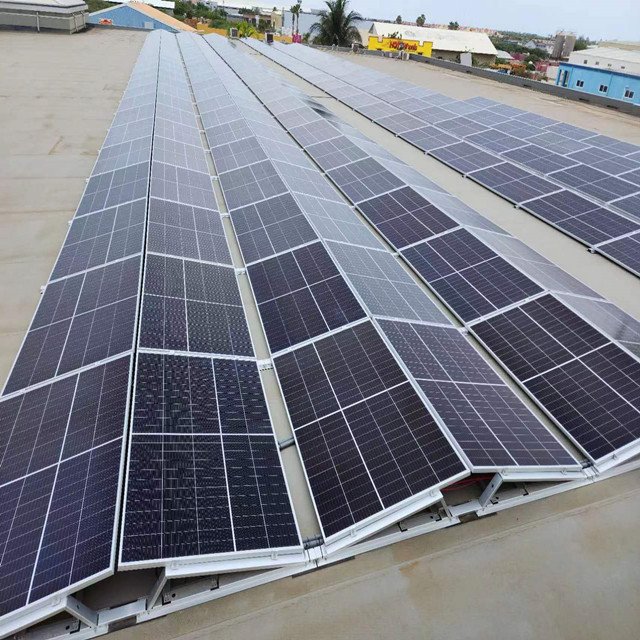
Factors Affecting Installed Capacity
1. Rooftop Type and Installation Method
| Rooftop Type | Proportion of Installable Area | Formula |
|---|---|---|
| Flat Rooftop | 70% | Base area × 70% × 2.35 m²/module |
| Pitched Rooftop (double-slope) | 50% | Base area × 50% × 2.35 m²/module |
| Curtain Wall / Facade | 40%–64% | Facade area × Solar Illumination Factor × 0.4–0.64 |
2. Solar Resource Adjustment (China)
- Class I Regions (e.g., Tibet): Increase installed capacity by 10%–20% (high irradiation).
- Class IV Regions (e.g., Sichuan Basin): Recommend a 10%–20% downward adjustment (low irradiation).
3. Other Key Factors
- Load-Bearing Capacity: ≥30 kg/m² (including racking plus wind/snow load).
- Electrical Matching: Inverter capacity = installed capacity × 1.1 to 1.2.
- Policy Support: Local subsidies and feed-in tariffs have a direct impact on returns.
Professional Recommendations
- After the initial estimate, use professional software (PVsyst, HelioScope) for shading analysis and generation simulation.
- Final designs should be issued by qualified entities to ensure structural safety and maximize returns.
Simplified Formula: Installed Capacity (kWp)=Rooftop Total Area×Utilization Rate×550Wp2.35m2\text{Installed Capacity (kWp)} = \text{Rooftop Total Area} \times \text{Utilization Rate} \times \frac{550\text{Wp}}{2.35\text{m}^2}
Example: A 200 m² flat roof → 200 × 70% ÷ 2.35 × 0.55 ≈ 32.7 kWp.
Note: In actual projects, factors such as module tilt and shading must be considered; the above serves as a quick-reference estimate.





